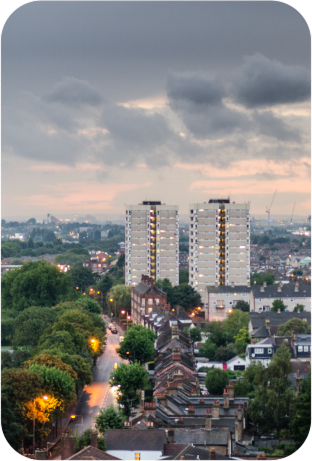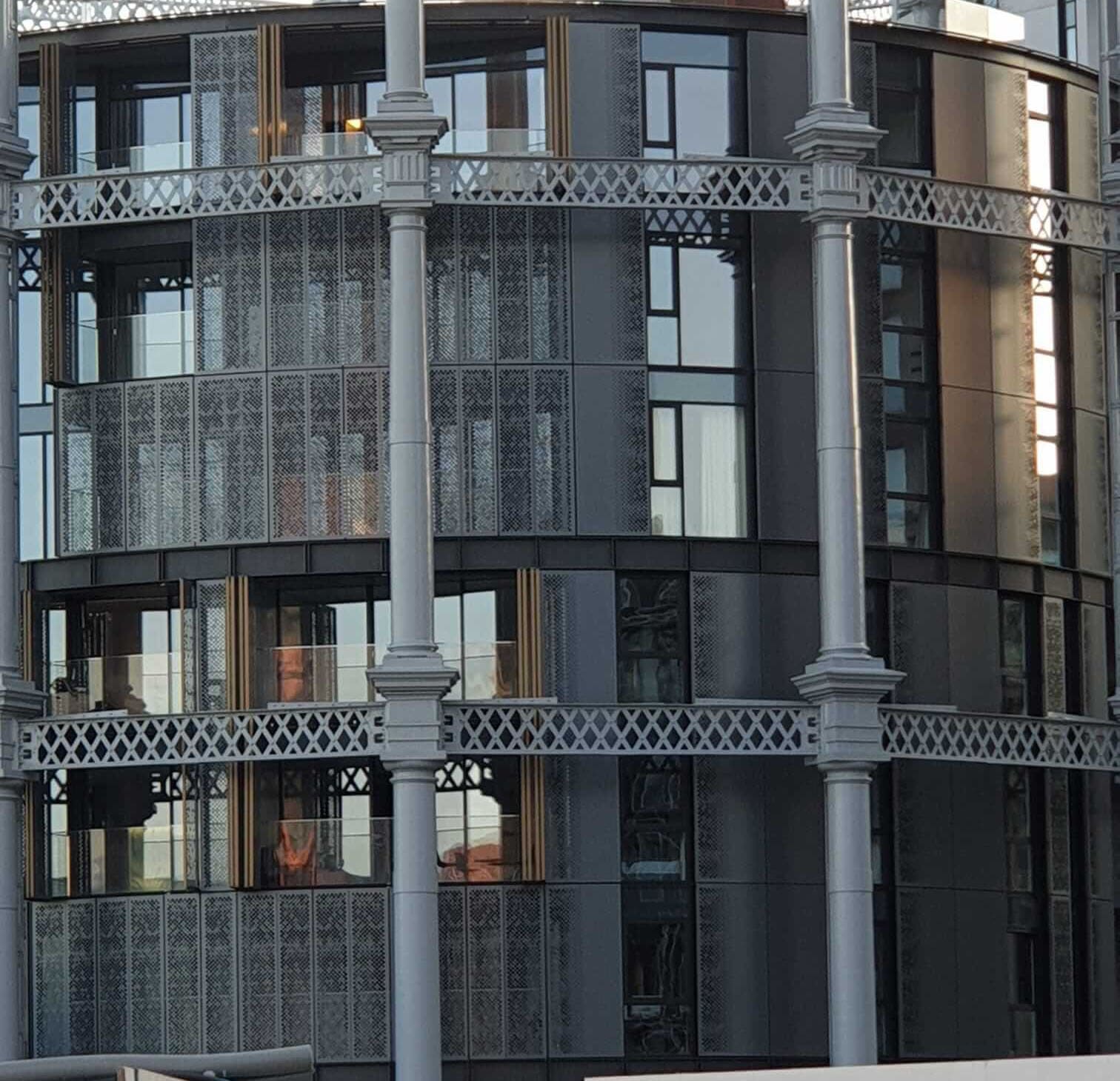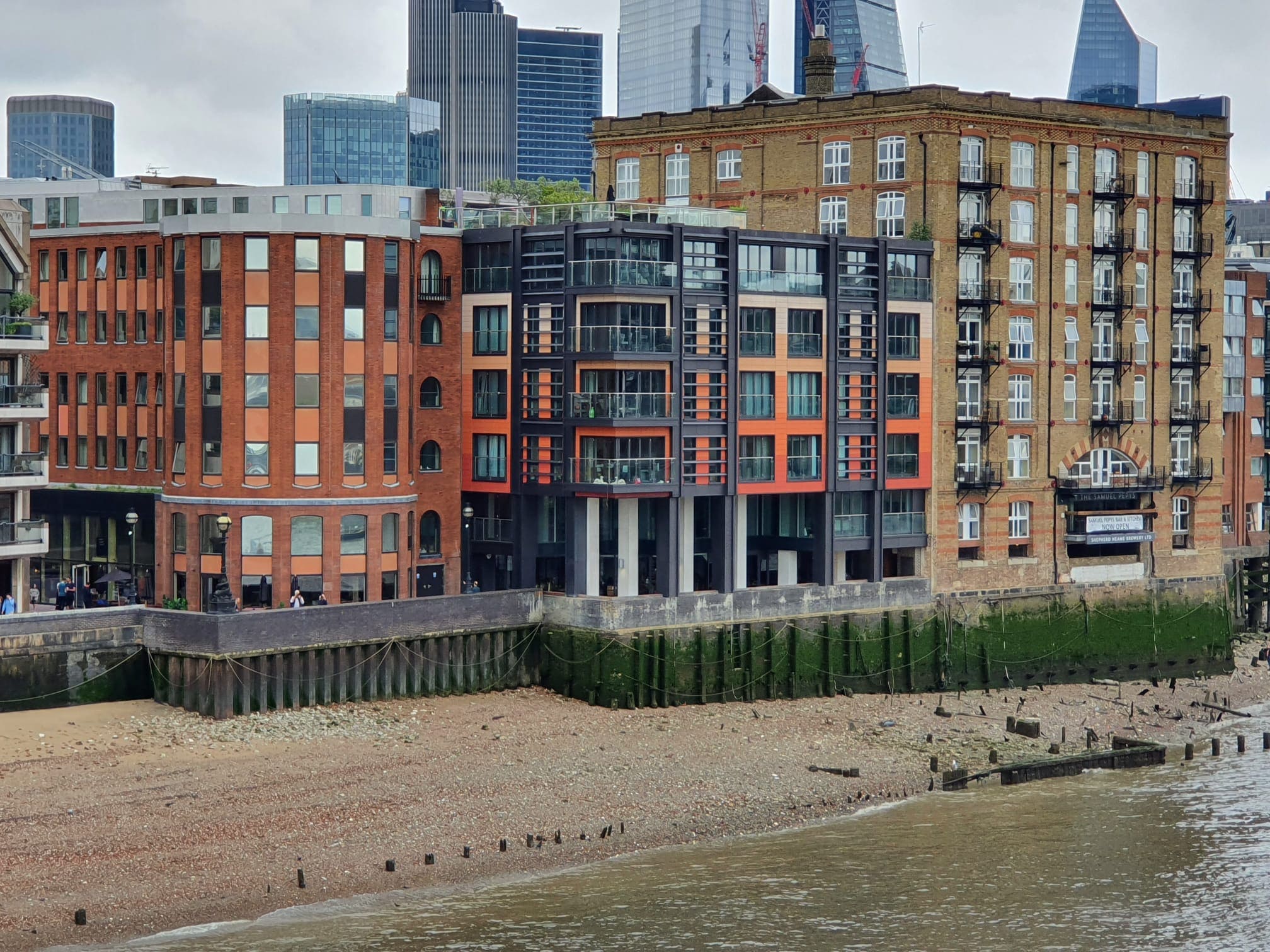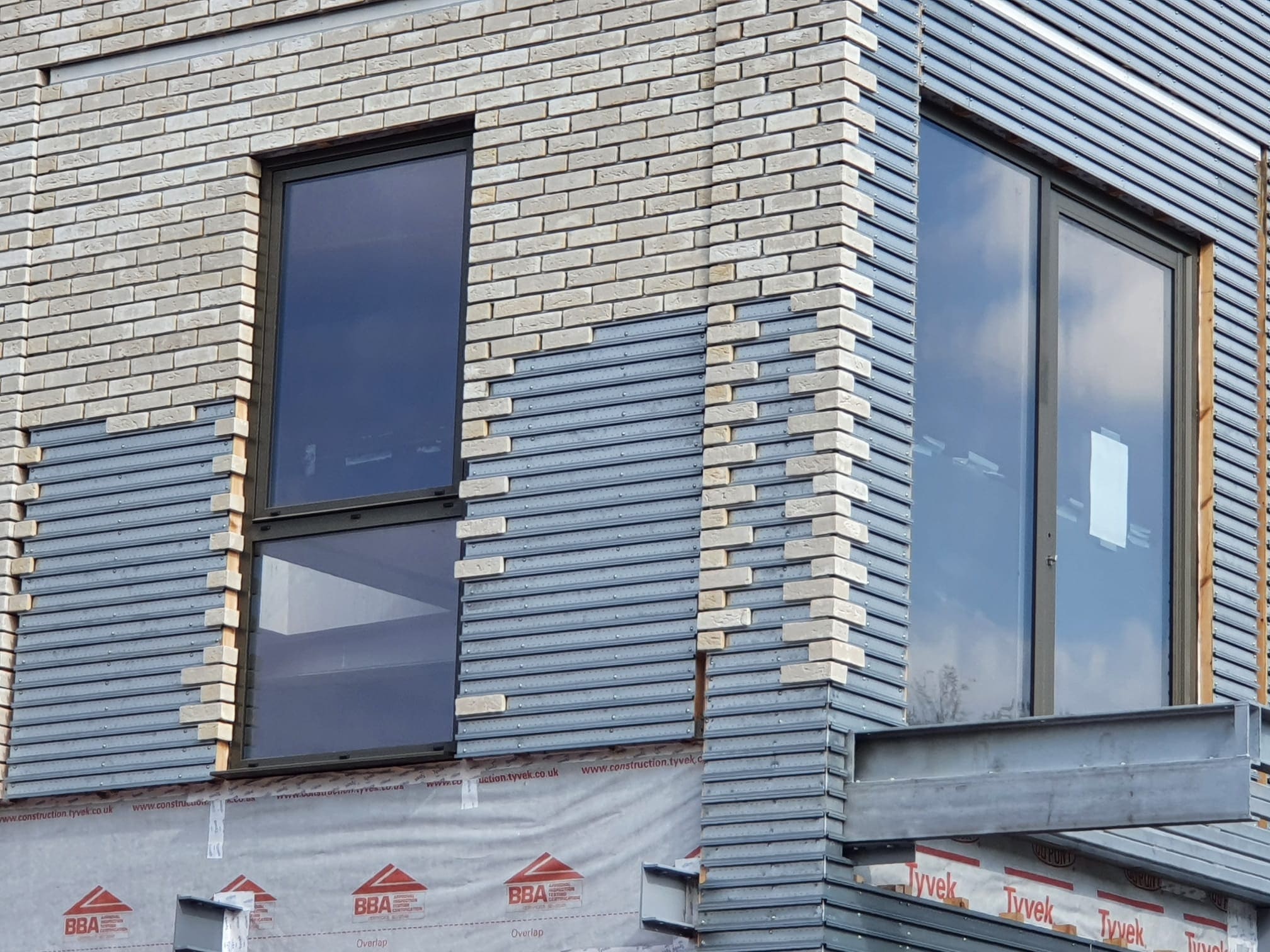 214
214
 0
0
What is Permitted Development Rights (PDR)?
In an effort to boost housing supply, the UK government introduced Permitted Development Rights (PDR) in 2013, allowing office buildings to be converted into residential homes without full planning permission. Initially a temporary measure, it was made permanent in 2016. While PDR has increased housing numbers, concerns remain regarding housing quality and affordability. The government has expanded PDR to allow the demolition and redevelopment of office buildings into homes—still without planning permission.
Opposition and Debate Surrounding PDR
Many London boroughs and Local Authorities opposed PDR, arguing that it undermines planning control. Despite ongoing debates, the government continues to expand the policy rather than limiting it. Critics highlight that PDR allows developers to bypass affordable housing obligations, which negatively affects lower-income households.
Quality and Affordability Concerns
While PDR has boosted housing figures, the quality of these conversions is under scrutiny:
- Many fail to meet national space standards
- Lack of affordable housing
- Some units are extremely small and poorly designed
The Local Government Association (LGA) and Shelter have raised concerns about the loss of affordable homes. According to Shelter, 10,340 affordable homes have been lost due to PDR conversions.
PDR’s Contribution to Housing Numbers
Despite criticisms, PDR has significantly increased housing supply. From 2015 to 2020, 64,798 dwellings were converted from offices to residential use.
Top areas for PDR conversions:
- Croydon: 3,217 conversions (2015-2020)
- Birmingham: 1,760 conversions
- Most conversions occurred outside central London, as the Central Activities Zone of London has had its PDR removed.
Slowdown in PDR Applications
The number of PDR applications has declined:
July-September 2014: 259 applications in London
April-June 2021: Only 48 applications
This slowdown can be attributed to:
- Limited availability of suitable office stock
- Stricter regulations on minimum space standards
- Changing market dynamics where commercial values may sometimes outweigh residential values
Future of PDR: Government Measures and Regulation
The government is addressing concerns about housing quality by:
Requiring new PDR homes to meet the Nationally Described Space Standard
No permission granted for homes smaller than 37 square meters unless compliant with national standards
Emphasizing local design codes to maintain quality control
The government must ensure checks and balances so that PDR contributes positively to the high street and residential market.





Meet our Expert Property Commentators



























